Individualize treatment to attain patient goals in dry eye management
Nathan Lighthizer, OD, recently presented a session at the American Optometric Association’s 5th World Congress of Optometry. He talks with Optometry 360 about the 4 cornerstones of dry eye treatment and the importance of letting patient goals guide the treatment selection.
Nathan Lighthizer, OD:
Hey everyone, Dr. Nate Lighthizer here, faculty member and dean and founder of our dry eye clinic here at the NSU Oklahoma College of Optometry in Tahlequah, Oklahoma. I serve in a variety of roles, administrative roles, as well as a clinician seeing patients in our dry eye clinic.
I think we really encourage doctors to really embrace dry eye. It’s something that we are going to encounter more and more as we go through clinical practice. I ask docs all the time, “How often do you see dry eye patients?” It’s not even a daily basis anymore, it’s an hourly basis. We see so many of these patients. We have so many opportunities to help our patients. The unfortunate thing is we don’t have a perfect pill or a perfect drop that cures this, but to tackle this in different ways, from topical immunomodulators to now we have neuromodulation with nasal stimulation, eye drop stimulation with the recent approval of a new drop called Tryptyr. Just covering a lot of different ways that we can manage dry eye. From eye drops to in-office treatments, to patients taking home a variety of therapies, Bruder masks, among others. Just encouraging docs you need multiple tools in your toolbox. You can’t just tackle the dry eye in one fashion, you got to hit it this way and that way and that way. Just encouraging them to remember all the different ways that we manage dry eye.
Every time I treat dry eye, I always encourage docs to think of it this way. How am I managing the tears? How am I managing inflammation? How am I managing the meibomian glands? How am I managing the eyelids and the bacterial biofilm? If you think of it that way, kind of 4 different cornerstone pillars that I need to address, how am I addressing the tears? Maybe it’s an artificial tear supplement, like a lubricating drop. Maybe it’s punctal plugs, maybe it’s neurostimulation with something like varenicline, which is through the nasal route, or our new acoltremon, just FDA-approved Tryptyr drop.
How am I addressing the tears, increasing tear production? We’re doing that. How am I addressing inflammation? We do that in a variety of ways, whether it’s a steroid, whether it’s cyclosporine products, lifitegrast products, in-office IPL. How am I addressing the inflammation? How am I addressing the meibomian glands, in-office treatments like MiBoFlow, LipiFlow, TearCare, things like that, Bruder mask take home. How am I addressing the bacterial biofilm? It’s really focusing on those 4 kind of cornerstone areas. If you hit 3 or 4 of those, you are more likely to set your patient up for success and moving in the right direction with dry eye.
The ultimate goal is we are meeting the patient’s goals. Whatever they are, I think that’s why it’s important to have questionnaires and understand from your patient perspective, what are they hoping to accomplish? “Doc, I’m hoping my eyes aren’t as red as they used to be.” “All right, you got a lot of inflammation going on. We may need to hit you with a steroid and other things.” “Doc, I want to wear my contact lenses longer. I’m tired of the watery eyes; I’m tired of the burning and stinging.” Understanding of what your patient’s goal is and then we can better address that. We do that diagnostically through questionnaires.
I encourage you guys to remember of what their patient’s goal is. You hit those different cornerstone treatments and we try to move in the direction of meeting those goals, understanding that it may not take 1 visit. It probably won’t. I think we get too far caught up in, I didn’t cure this. Yeah, they’re not 100% better. But if they’re 30% better or 40% better, that’s better than 30% or 40% worse. It’s important that small wins are a big thing, both short-term and long-term.

Contact Info
Grandin Library Building
Six Leigh Street
Clinton, New Jersey 08809


